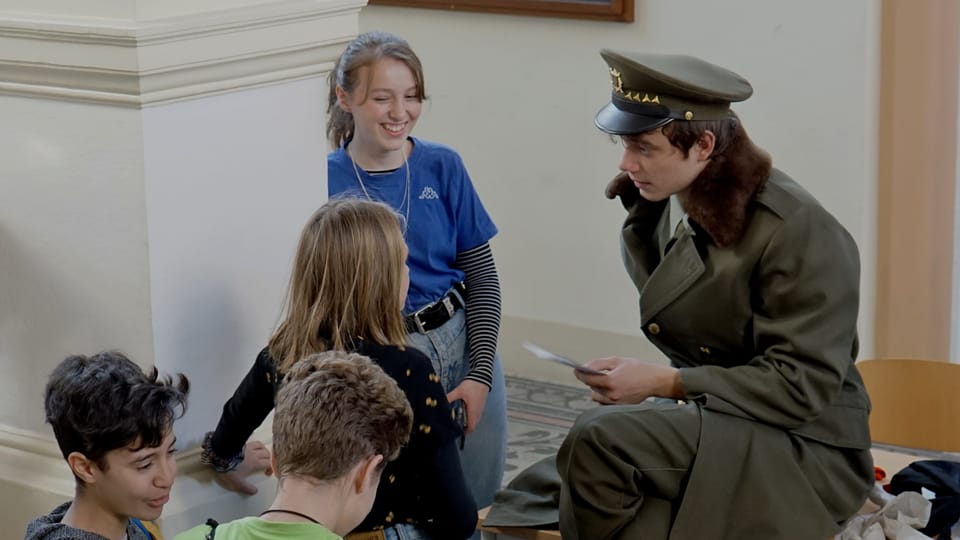
Photo: Festival svobody/Gymnázium Jana Nerudy
How should you teach children about the tumultuous events of 1989 in a way that conveys the enormous gravity of what happened without being too heavy-handed? And how much do kids nowadays actually know about it? Is it even still relevant? To find out, I spoke to some Czech teenagers and teachers about their thoughts, knowledge and experiences surrounding November 17.
“We do a lot of talking and the teachers really care about what we think, what interests us and what we want to know about the topic. A lot of the time we have articles that we talk about and analyse. It’s not really about memorising, it’s more about talking. I really like it that way, because I think history is not about memorising dates, but really having all the connections between things.”
18-year-old Emma talking about her experience of learning about the events surrounding November 17, 1989, forever imprinted into Czech history as the date that the Velvet Revolution began, eventually bringing down the totalitarian regime that had held onto power for over 40 years. At her prestigious grammar school, Gymnazium Jana Nerudy in Prague’s affluent Mala Straná district, the students engage with, discuss and debate the topic, even bringing in their own particular interests, as confirmed by her classmate, Tobiáš.
See the rest here.
Author: Anna Fodor

